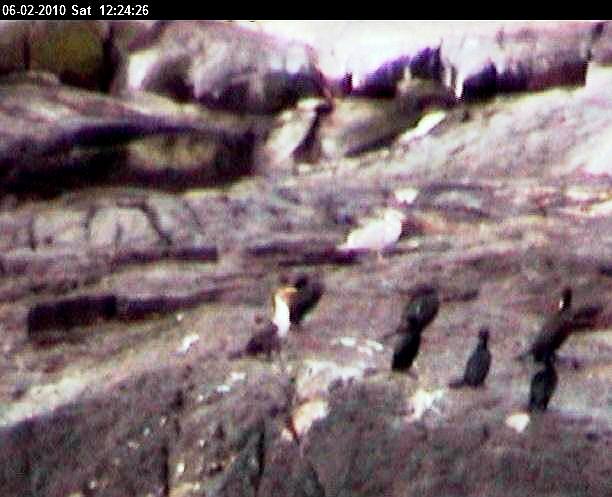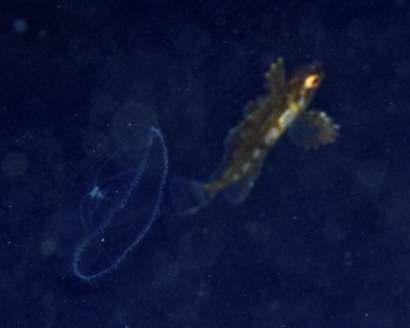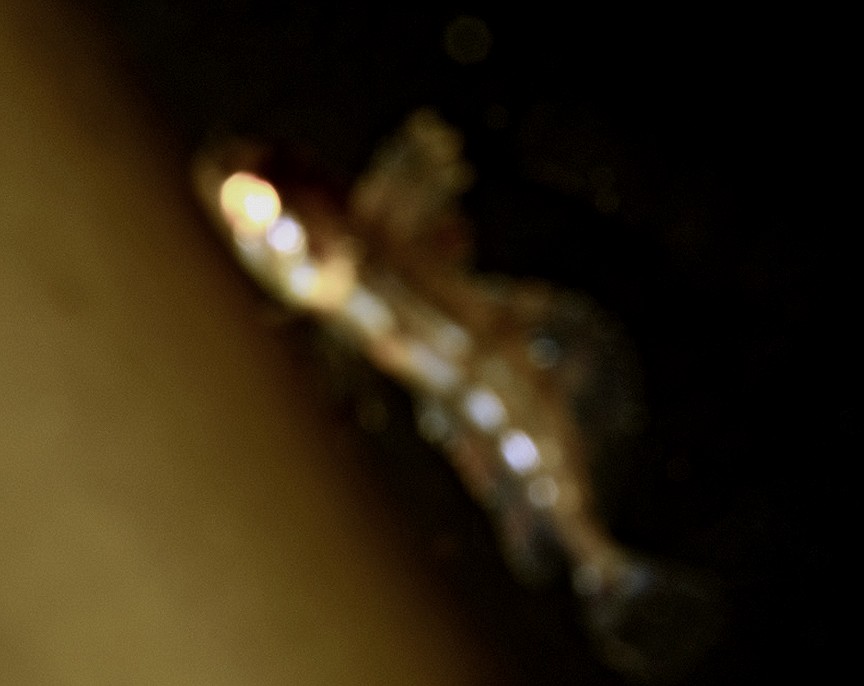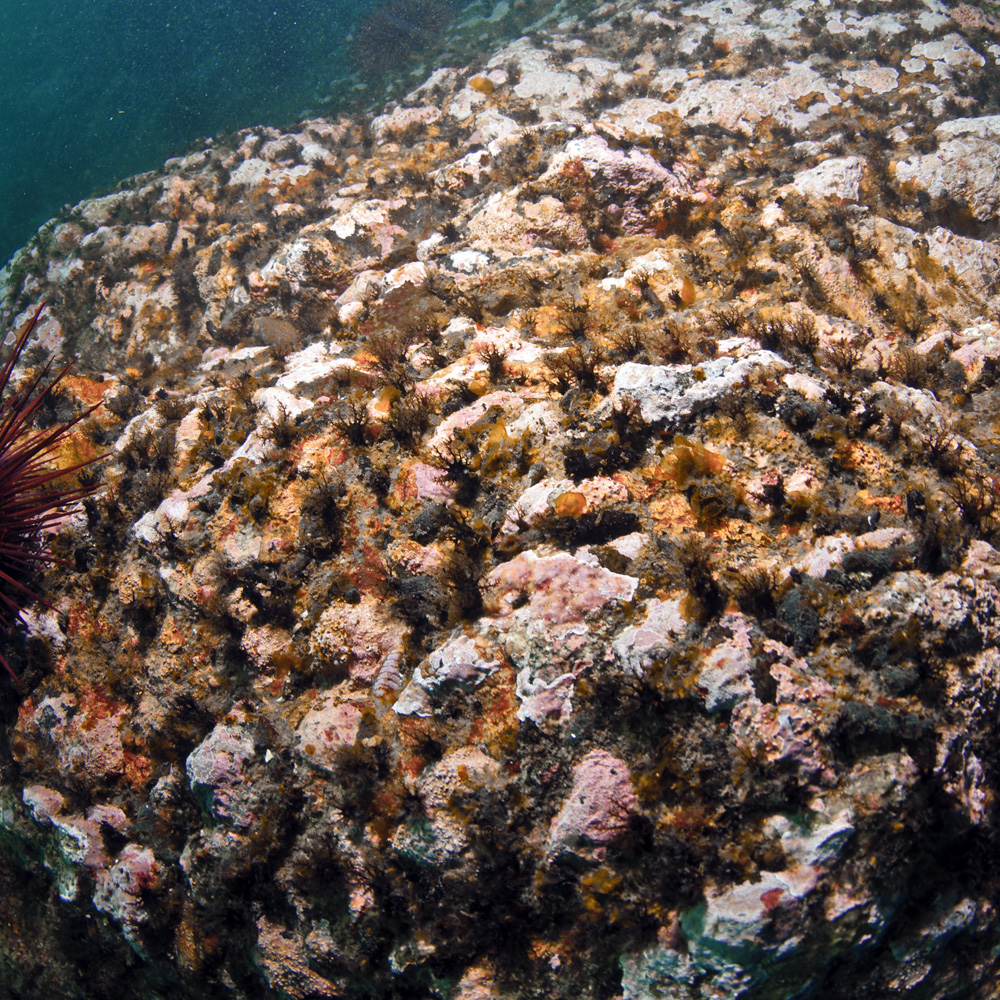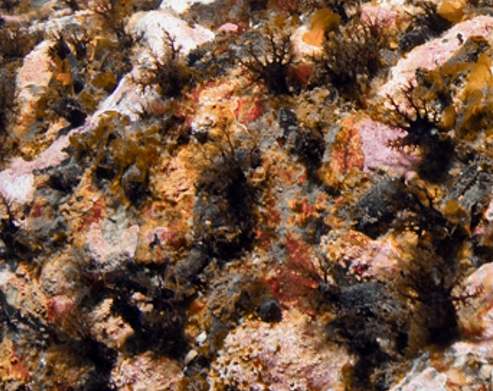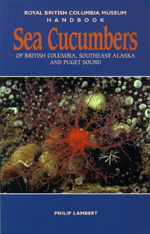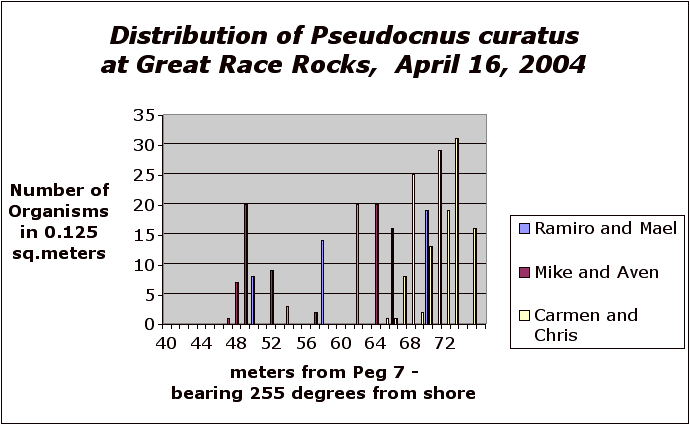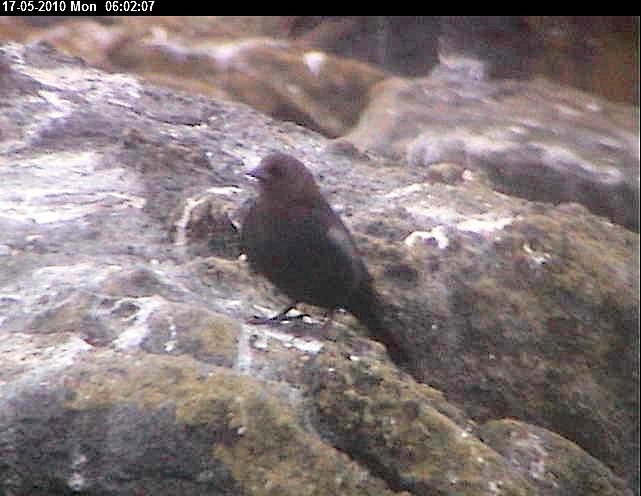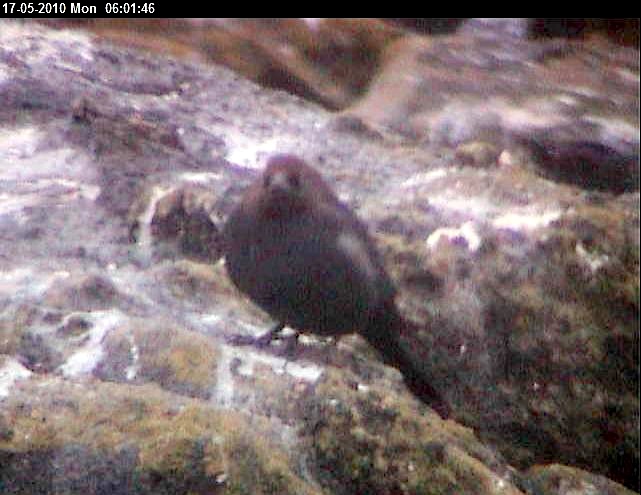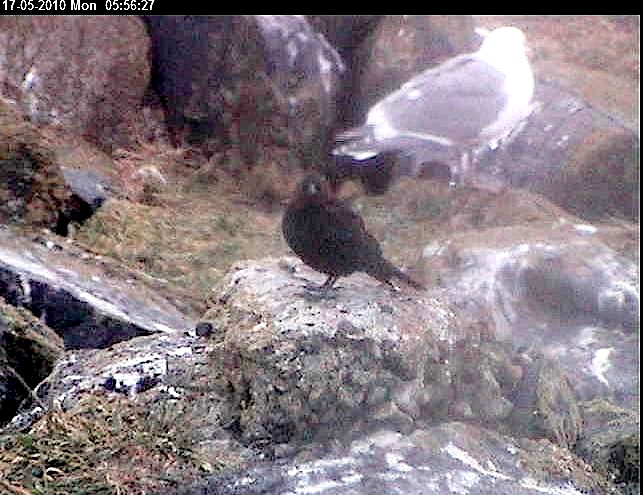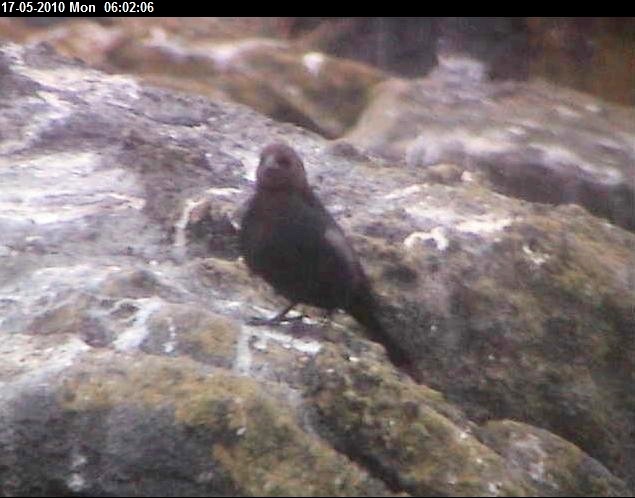(RRPAB- PWWA Input
Monday April 19,2010
780 Blanshard Street
(2nd floor Boardrom)
A) Pacific Whale Watch Association (PWWA) Specific stakeholder recommendations: Ecotourism & Education
We have included “Education” as part of our mandate because our 32 member companies consider Public Education to be the foundation of support for conservation and stewardship: People will save what they love, and our tours offer them the best opportunity to get to see, know and fall in love with this ecosystem.
In the initial round of meetings from 1998 through 2001, the responsible wildlife viewing community (made up mostly of members of the then Whale Watch Operators Association North West (WWOANW)) was able to convince most other stakeholders that we could operate within the boundary of Race Rocks Ecological Reserve with negligible impact, with special attention to avoiding disturbance of the marine mammals and birds there.
WWOANW worked closely with the Eco Warden, Pearson College and DFO to develop viewing and vessel operation guidelines specific to Race Rocks Ecological Reserve. This adaptation was in addition to and not in place of our other detailed Best Practices Viewing Guidelines for various species. The unique topography and bathymetry of Race Rocks necessitated these changes.
For example, while it has long been our aim to stay 100m away from Marine Mammals, especially pinnipeds that are hauled out, the main channel through which we can navigate at Race Rocks is less than 200m wide. As there are often sea lions on rocks or islets on either side of the main channel, it is only possible to be 75m away from both shores. The agreed upon protocol included (i) Staying in the centre of the channel; (ii) Travelling with the current as a way of minimizing both sound and wave action; (iii) Travelling at a speed that minimized wash; and (iv) Keeping passengers still as movement can disturb both birds and pinnipeds.
“Race Rocks
- Vessels will slow their approach to Race Rocks such that speed at 1/8th mile (220 yards) from any rock or landmass is reduced to minimal wake and wash, when practical. This Go Slow Zone extends 800 yds/m around every rock and landmass in the Race Rocks area.
- Vessels in the Go Slow Zone will remain as close to mid-channel as is practicable between the major rock outcroppings known as North Race Rock, West Race Rock and Helicopter Rock.( ed note: this is Middle Islands)
- While in the Go Slow Zone vessels will transit the area with the current whenever conditions are suitable to do so.
- Vessels will remain outside all of the Go Slow Zone whenever Resident, Transient or Off Shore Killer Whales are present.”
We recommend that access to Race Rocks by wildlife viewing companies operating in a responsible manner be maintained. We seek Federal, Provincial, Regional and Local Governments support and assistance to promote and increase public awareness of the ecological significance of Race Rocks.
Federal, Provincial, Regional and Local Governments can maximize the educational value of and public support for Race Rocks and other MPA’s by showing how much all levels of government care for these precious natural resources. This is a wonderful opportunity to explain and promote Canada’s Federal Marine Protected Areas Strategy.
(B) Pacific Whale Watch Association (PWWA) Shared recommendations
Boundary: As noted in PWWA’s Best Practices Guidelines, we consider what we call the “Go Slow Zone” to be the practical boundary for our operations and it extends out “800 yds/m around every rock and landmass in the Race Rocks area”. PWWA, therefore, gladly accepts the proposed Boundary as long as access in a responsible manner under a set protocol is allowed.
Restrictions and Accepted Uses: PWWA sees no reason that the uses currently allowed cannot continue.
Ongoing Science: The Boundary, Access, Restrictions, etc. must be adaptive, adjusting as new information on biomass, water quality, climate change, etc. becomes available. The first major research project will be a continuation of the cataloguing that Lester B. Pearson College has begun, and the recording of baselines for species populations, water quality, etc.
PWWA, as an association representing commercial ventures, realizes as much as any organization that such changes could have negative financial consequences for our members, but our membership remains committed to education and conservation as our primary missions. But we also understand the effectiveness of our educational and conservation impact would be diminished by any restrictions to access. Where reductions in access are contemplated, mechanisms will have to be put in place to assist in transition of our members.
Relationships with First Nations: Mutual respect and a willingness to learn from each other must always be the hallmarks of our relationship with First Nations. We believe that formal details should be a matter of government to government negotiations.
Role of other government agencies: There are no walls or floodgates around Race Rocks, nor is there a ceiling or roof. We must be careful to get cooperation from all municipal, provincial and federal agencies to monitor and limit impact from all potential man-made events (e.g. Oil Spill, Increased Commercial Fishing in Juan de Fuca Strait, Seismic Testing, Increased airplane traffic, etc.) and natural events (e.g. virus or infection in sea lion population, relocation of prey due to Climate Change, etc.)
Overall profile of the MPA: Clearly there will be a balancing act between singing the praises and raising the profile of Race Rocks, and maintaining its integrity as an untainted ecosystem.
Protection: We foresee that greater education of students and adults will foster even greater respect for Race Rocks. Responsible stakeholders will continue to be strong advocates of Stewardship and Conservation and our presence will continue to be an efficient way to monitor human interaction, animal behaviour and changes.
Finances: This is where the business side of PWWA rears its head. We do not wish to see a major expenditure of government funds or any attempt at recouping those costs if there is no measurable increase in the conservation or stewardship of Race Rocks. A worst case scenario for us would be a massive build up of bureaucracy and expenses but only marginal improvement in how Race Rocks is promoted, operated and protected by the Federal Govenment.
Pearson College has done a magnificent job on a shoestring budget. While that is clearly not sustainable in the long-run, there are lessons in efficiency that Pearson College can provide. We see the long-term financing of Pearson College so that they can continue their work in concert with additional services from the federal and provincial government. Pearson College knows from experience what works and what needs attention. DFO should ask and listen.
Future management: Pearson College working in cooperation with DFO and B.C. Parks
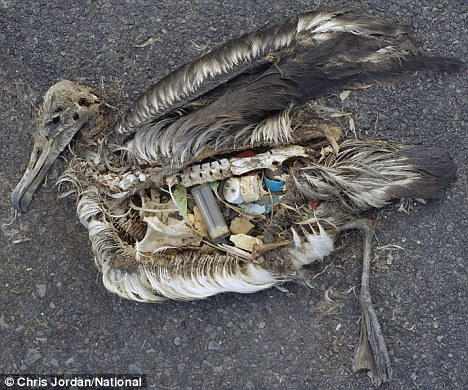 See this article ” How we killed paradise with plastic: Grotesque consequences of our casual throwaway culture” The image from it shown here provides a stark reminder of the tragedy of plastic pollution in the ocean.
See this article ” How we killed paradise with plastic: Grotesque consequences of our casual throwaway culture” The image from it shown here provides a stark reminder of the tragedy of plastic pollution in the ocean. The Race Rocks taxonomy is a collaborative venture originally started with the Biology and Environmental Systems students of Lester Pearson College UWC. It now also has contributions added by Faculty, Staff, Volunteers and Observers on the remote control webcams. Pam Birley, 2010
The Race Rocks taxonomy is a collaborative venture originally started with the Biology and Environmental Systems students of Lester Pearson College UWC. It now also has contributions added by Faculty, Staff, Volunteers and Observers on the remote control webcams. Pam Birley, 2010

